When you’re looking for a bright orange, where do you go? Here we look at two palette powerhouses. Both ultra bright, with incredible vibrancy and high opacity, high tinting strength and maximum impact. Cadmium orange vs cadmium-free orange: let’s dive in:
CADMIUM
It all starts with cadmium, a soft silvery white metal, found naturally in minerals including zinc ores. Cadmium was first discovered in 1817 when German chemist, Frederich Stromeyer found the new element as an impurity in the zinc carbonate calamine lotion typically used for skin treatments. The metal was named after the Latin word for calamine, deriving from Cadmus, the founder of Thebes in ancient Greek myth.
CADMIUM ORANGE
Stromeyer took it to the lab and spotted that some impure samples of calamine changed color when heated, but pure calamine did not. He then smelted some zinc ore and combined it with sulphur and made a bright yellow compound. Cadmium yellow was born. After more experimentation - and tweaking the way he combined the two substances - Stromeyer came up with an orange version. This was cadmium sulphide, a new highly stable synthetic inorganic pigment, now known as cadmium orange.
At the time there was little choice of stable orange pigments. It eventually became a reliable, lightfastness addition to the artist’s palette. We now have a whole family of cadmium colors. Yellow. Orange. Red.
Cadmium orange is an opaque orange single pigment color with strong tinting qualities. Like other cadmium pigments, PO 20 is a very dense and dominant colour that is best mixed with other highly strength colors. Bright, intense and with great coverage, cadmium orange has been used by artists since its creation. It was used by Claude Monet for the vivid glowing orange sun in Impression Sunrise (1872) - the painting that gave the Impressionism movement its name. Russian costume designer Léon Bakst used it to illustrate the color he wanted for a bonnet in sketches for the Ballet Boutique Fantasque in 1917. US artist Donald Judd used it on his minimalist sculptures, and more recently, Pantone hailed it as one of their directional color trends for fall 2015. Popular in architectural paintings, where it adds vibrancy to renderings, cadmium orange is now also used to color plastics and heat-resistant paints. Find Cadmium Orange in Heavy Body – series 4.
CONTROVERSY
Cadmium is a heavy metal, and some parts of the world have toxicity concerns about heavy metals. Cadmium in pigment form has been shown to have fewer health concerns than pure cadmium - which is why places such as the EU classify cadmium paint as non-hazardous. Other areas, such as California, view cadmium paint as a potential cancer risk. Therefore it comes under the California law commonly known as Proposition 65 which aims to stop materials that are known to cause cancer or reproductive toxicity getting into drinking water.
Because of this, colors containing cadmium need special labelling. You’ll find a warning on our cadmium colors: Do not spray apply. This product contains cadmium, a chemical known to the State of California to cause cancer by means of inhalation.
Since there’s no universal agreement about the safety and risks of cadmium in paints, we decided to give creatives another option. Moving away from heavy metals also has positive impacts for the planet which aligns with our new product innovation principles. Making a like-for-like replacement for the intense performance of cadmium is no easy task however. It took our experts three years to come up with the world's first true cad-free alternatives – giving you identical performance.
CADMIUM-FREE ORANGE
Liquitex Cadmium-free Orange arrived in 2017 and is now in three of our pro ranges - Heavy Body, Soft Body and Acrylic Gouache – as a series 4 color. For the first time, an acrylic paint replicates the brightness, coverage and intensity of traditional cadmium orange. When using them side by side they perform identically. How is it done? Using a combination of organic and inorganic pigments. It’s our 'secret code'. The development was the work of several Liquitex chemists over a three-year period, evaluating a huge range of pigments available internationally to discover the very best in terms of performance and match to existing cadmium colors.
Once we were confident that we'd cracked the code in the lab, we set about proving it. We ran extensive technical tests, alongside subjective tests with a global panel of artists to measure the performance. Tech tests included checks on lightfastness to assess longevity; color mass tone for brightness and overall match; undertone for subtleties in thin layers; color reduction at 10:1 with Titanium White, to compare color strength and shade when mixed; viscosity and rheology for handling properties; specific gravity to test weight; and an opacity check over black and white test cards to assess coverage. For the subjective tests we identified regular users of acrylic paint and, in particular, cadmium colors. Each was given two identical sets of colors: one set containing genuine cadmium paint and the other containing cadmium-free. The testing was conducted blind, without the artists’ knowledge of the difference between each set. They were allowed one month to work with and compare both sets. Each was given a journal to keep during the assessment and completed a detailed questionnaire at the end. None of the artists identified the fact that one set was actually cadmium-free. The result. Cadmium-free color without the cadmium. A world first.
CADMIUM AND YOUR CREATIVITY
With infinite options at your fingertips, the question is: which is your choice for a bold orange? Are you a cadmium or cad-free lover? And if you’ve tried Cadmium-free Orange, can you tell the difference? Let us know via our social channels – we’d love to hear.

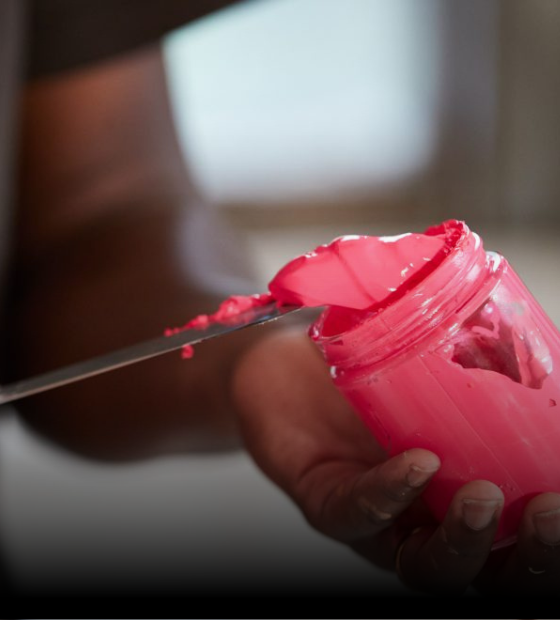
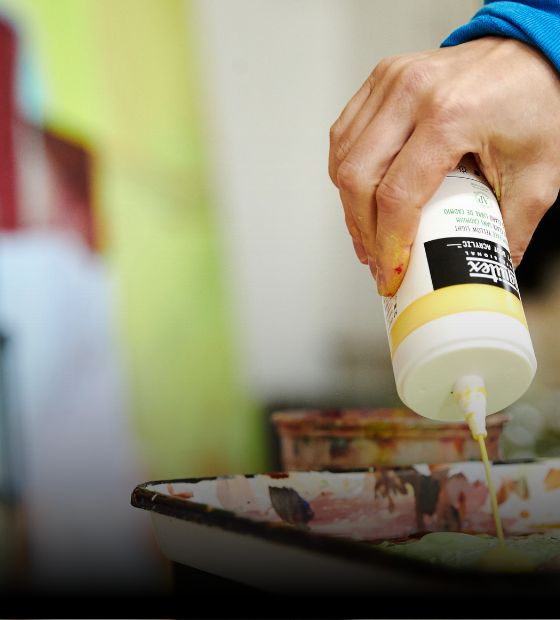
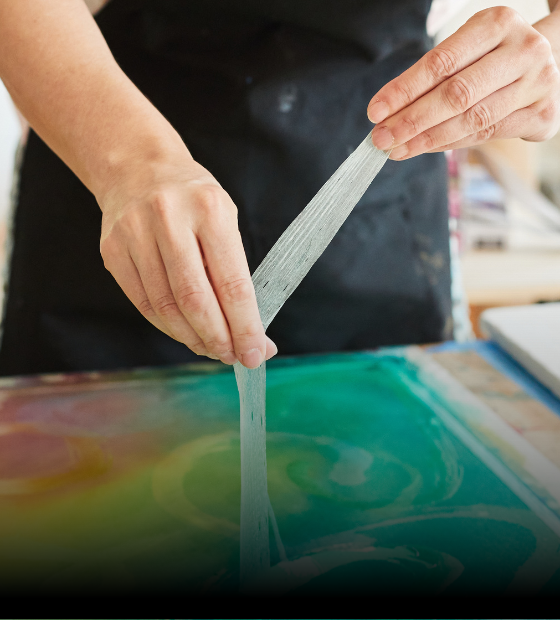
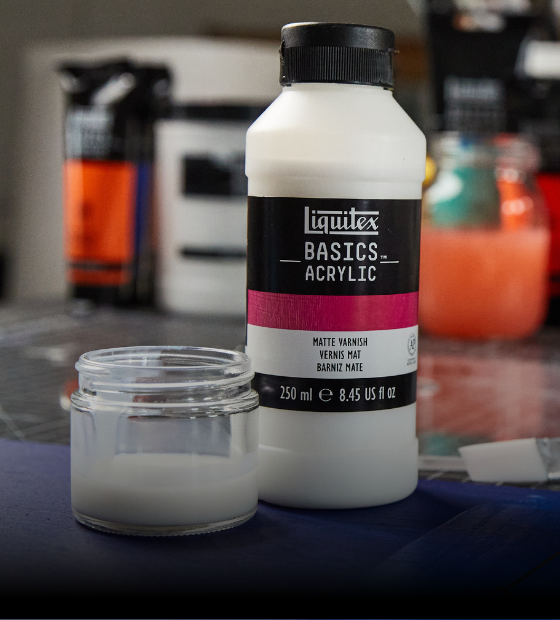
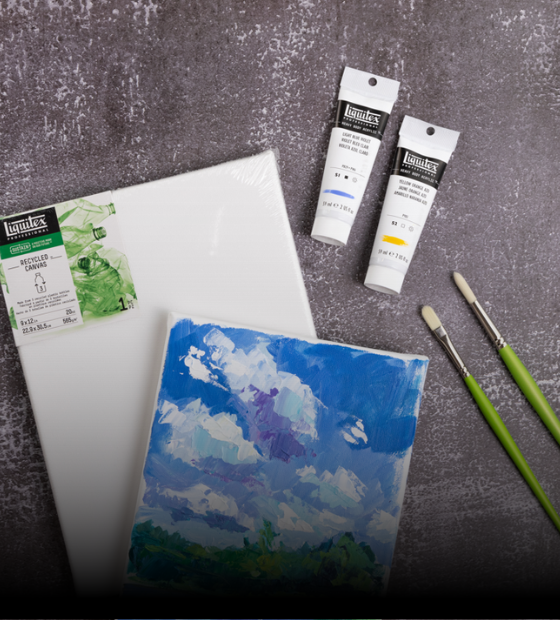
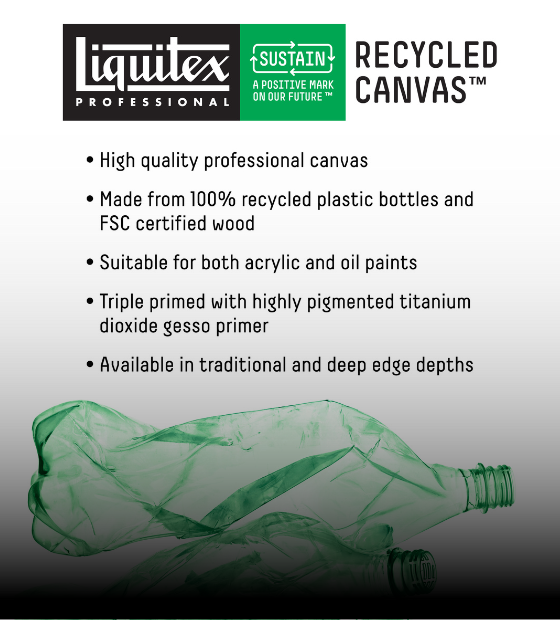
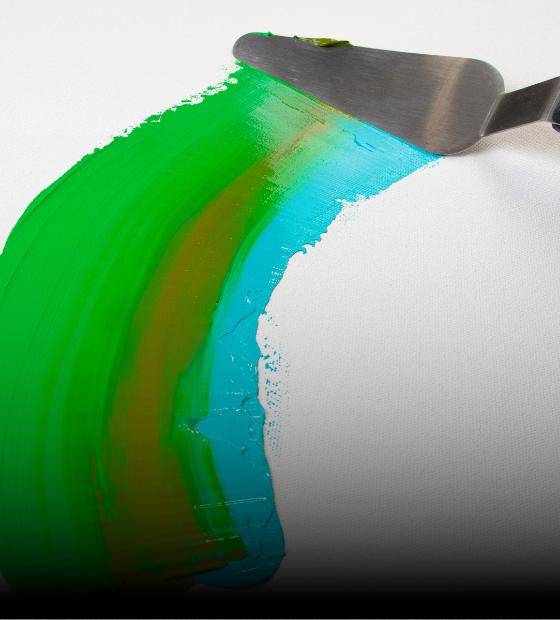
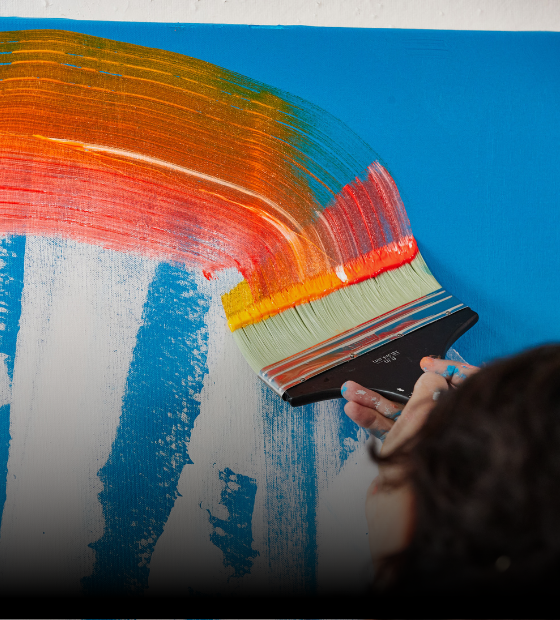
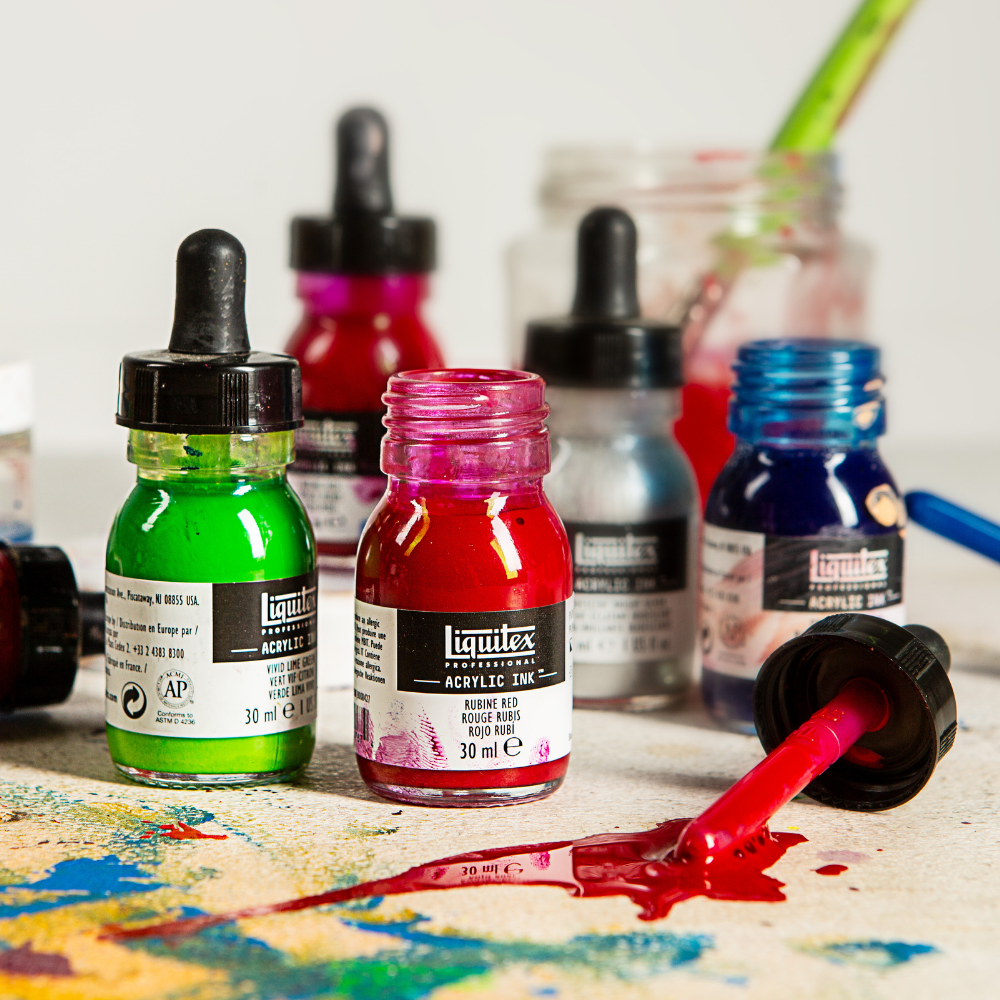
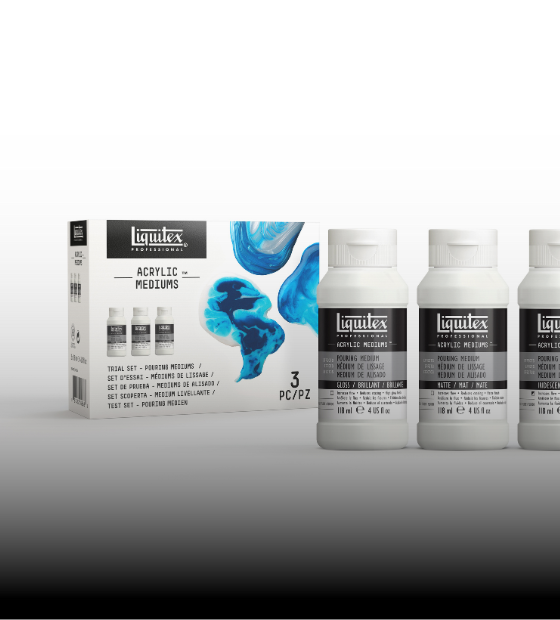
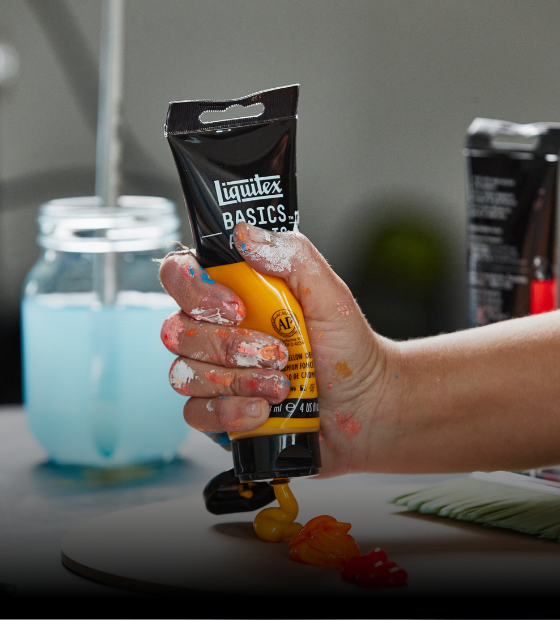
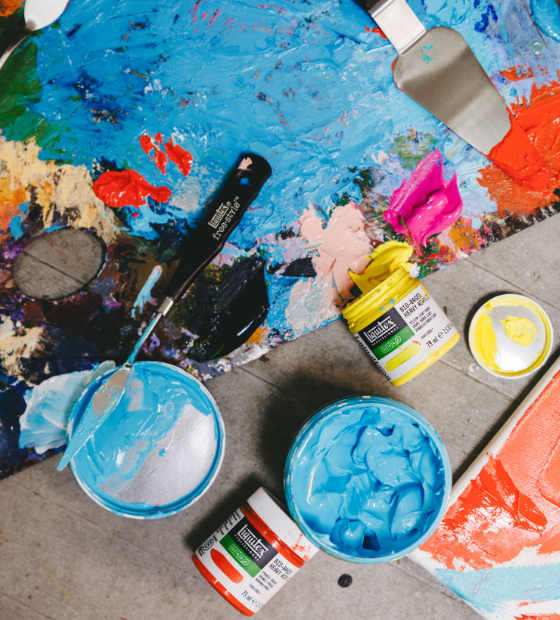


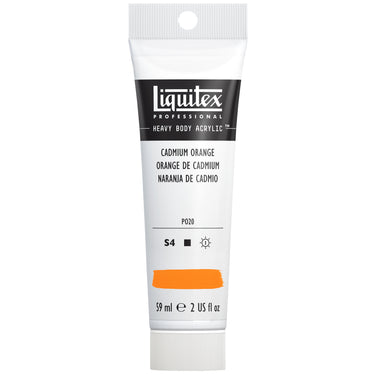
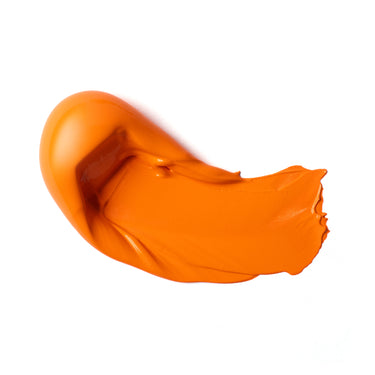
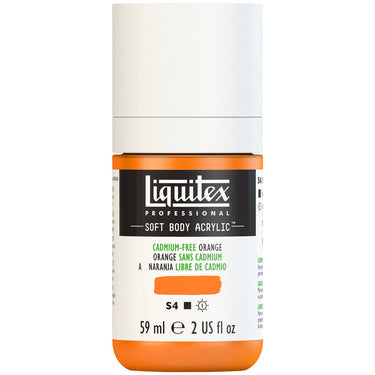
![LQX SOFT BODY ACRYLIC 892 CADMIUM-FREE ORANGE [WEBSITE SWATCH]](http://www.liquitex.com/cdn/shop/files/71917_375x375_crop_center.jpg?v=1693228608)
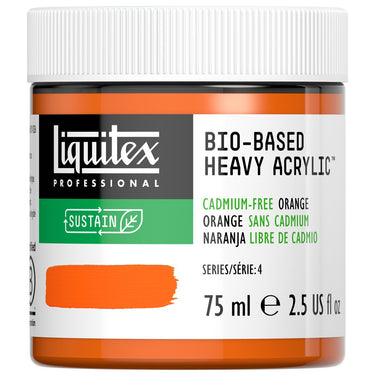
![LQX BIO-BASED HEAVY ACRYLIC CADMIUM FREE ORANGE [SWATCH]](http://www.liquitex.com/cdn/shop/files/135795_375x375_crop_center.jpg?v=1715908880)
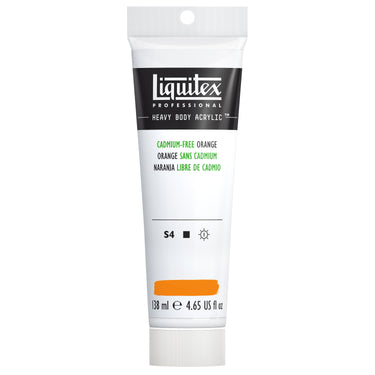
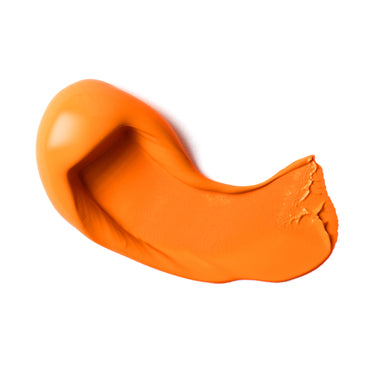

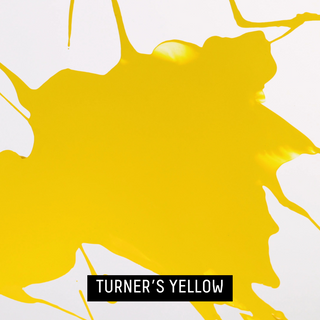

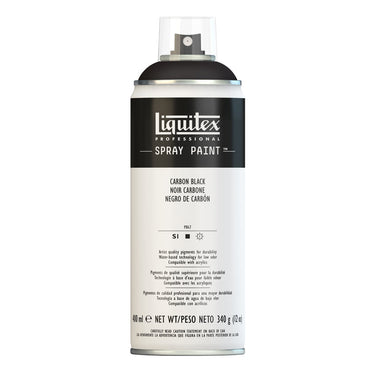

![LQX ACRYLIC MARKER SET 6X 2-4MM CLASSICS [CONTENTS] 887452001225](http://www.liquitex.com/cdn/shop/files/68762_375x375_crop_center.jpg?v=1707320720)
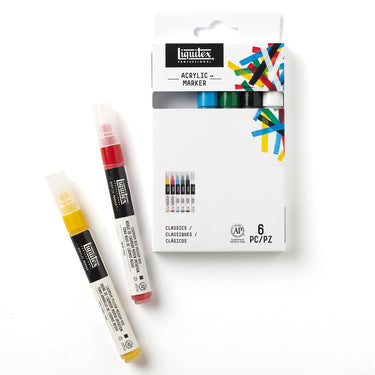
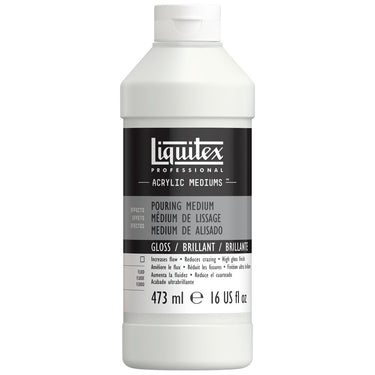
![LQX PRO MEDIUMS POURING MEDIUM [WEBSITE SWATCH]](http://www.liquitex.com/cdn/shop/files/72030_375x375_crop_center.jpg?v=1705607484)
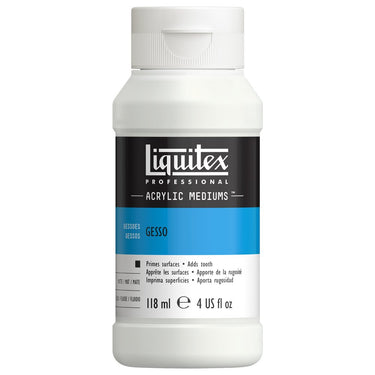
![LQX PRO MEDIUMS GESSO [WEBSITE SWATCH]](http://www.liquitex.com/cdn/shop/files/72009_375x375_crop_center.jpg?v=1693098231)
![LQX BASICS 6x118ML SET 887452059226 [SET WITH CONTENTS 2]](http://www.liquitex.com/cdn/shop/files/130398_375x375_crop_center.jpg?v=1707324060)
![LQX BASICS 6x118ML SET 887452059226 [FRONT]](http://www.liquitex.com/cdn/shop/files/130396_375x375_crop_center.jpg?v=1706797707)
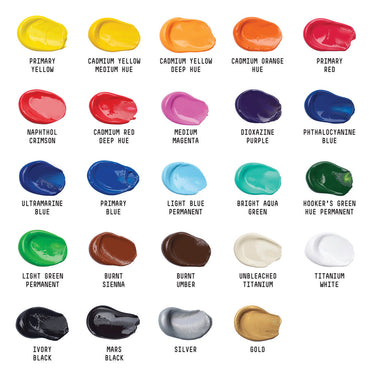
![LQX BASICS 24X22ML PAINT SET 887452028543 [FRONT]](http://www.liquitex.com/cdn/shop/files/80833_375x375_crop_center.jpg?v=1706780423)